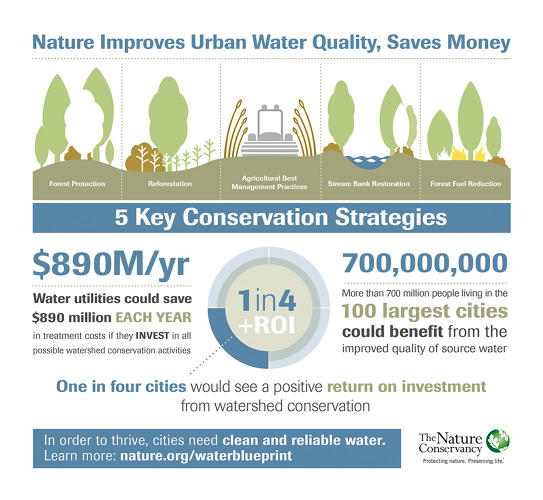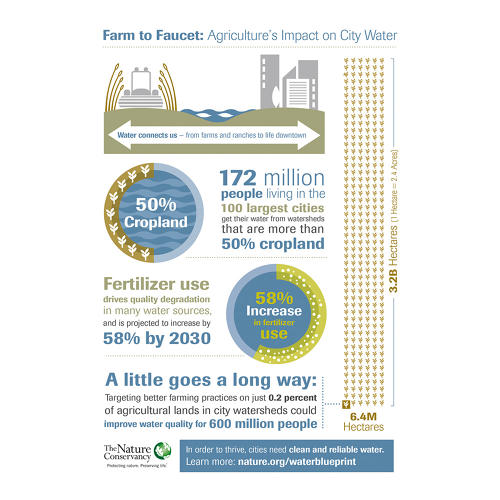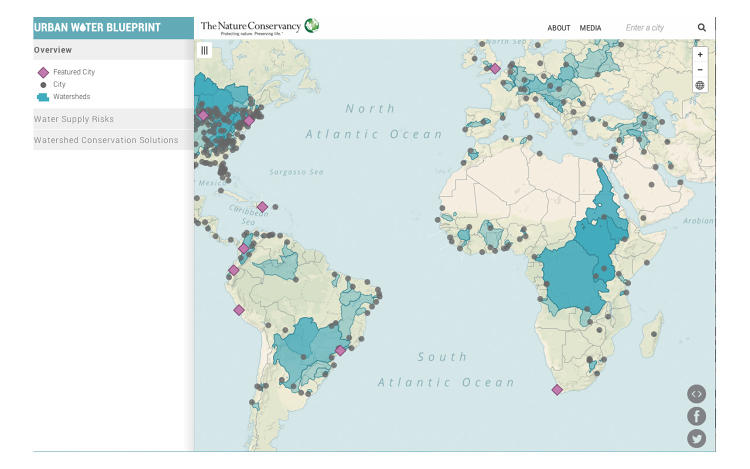Want to avoid a dangerous drought? There are measures, like reforestation, that could help.
The problem isn’t only rising demand. Climate change is drying out lakes, rivers, and reservoirs. Cities are bad at co-operating with each other over water. And many act with only self-interest in mind, transferring supplies over huge distances. The Nature Conservancy says the 100 largest cities get 43% of their water through “interbasin transfer”—that is, from outside their own watershed.

Many cities could end up experiencing what São Paulo is currently going through: its worst drought in 80 years. But the conservation group says there’s a lot planners can do to avoid that fate. In a new report, it points to the importance of “watershed conservation” as a cost-effective way of cleaning and maintaining water.
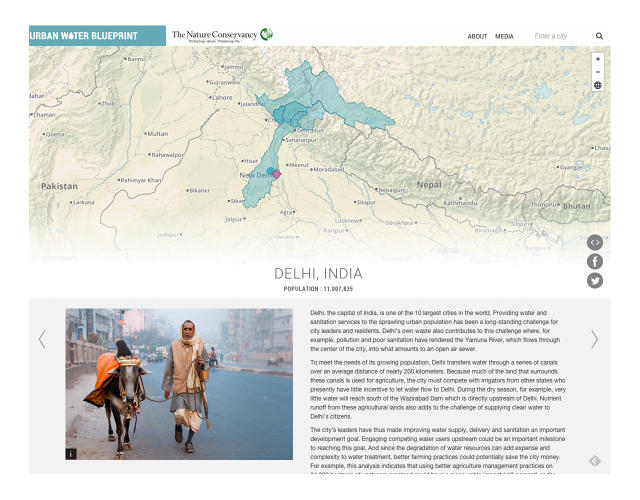
Together with C40 Cities and the International Water Association, the Nature Conservancy analyzed 2,000 drinking sources worldwide, including rivers, forests and other sorts of ecosystem. From 530 cities, the analysis showed that a quarter could see a financial benefit from reforestation and restoring waterways, among other measures.
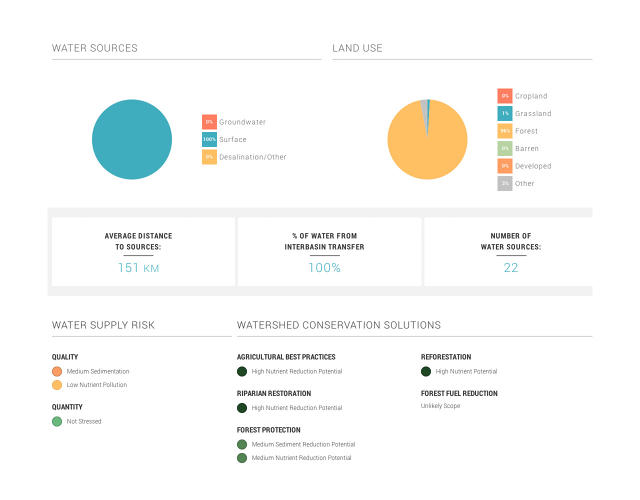
From our partners:
While the idea of watershed conservation isn’t new at all, the report claims to be the first to offer a “systematic quantification of the global potential for source watershed conservation to help cities secure water for people.”
Reducing upstream agricultural pollution—which leads to sediment build-up and nitrogen poisoning—would have the greatest pay-off. From the report:
Our findings suggest that the greatest potential to secure water for cities lies in improving the management of agricultural lands. This is especially true for sediment reduction, where over 600 million city dwellers would see a material improvement in the quality of their water sources if agricultural best management practices were applied in a targeted way to some 6.4 million hectares.
Preserving forests would have a similar impact, but would require conserving land six times larger, the groups say.
To accompany the report, the Nature Conservancy created this global map of water sources and select cities. You can see, for example, that São Paulo would benefit most from riverbank restoration, according to the analysis. New York, on the other hand, is praised for its watershed management.
Overall, the report asks cities to think more broadly about what “water infrastructure” is:
Cities are drivers of stewardship for hundreds of miles around them. They shape the landscape, and in doing so end up defining a route of development for both themselves and their neighbors in rural areas. Water managers should extend their definition of water infrastructure to include the entire river systems and watersheds that their cities depend on, and incorporate investment in those watersheds as part of their normal toolkit of securing water for people.
This article originally appeared on Fast Company.







